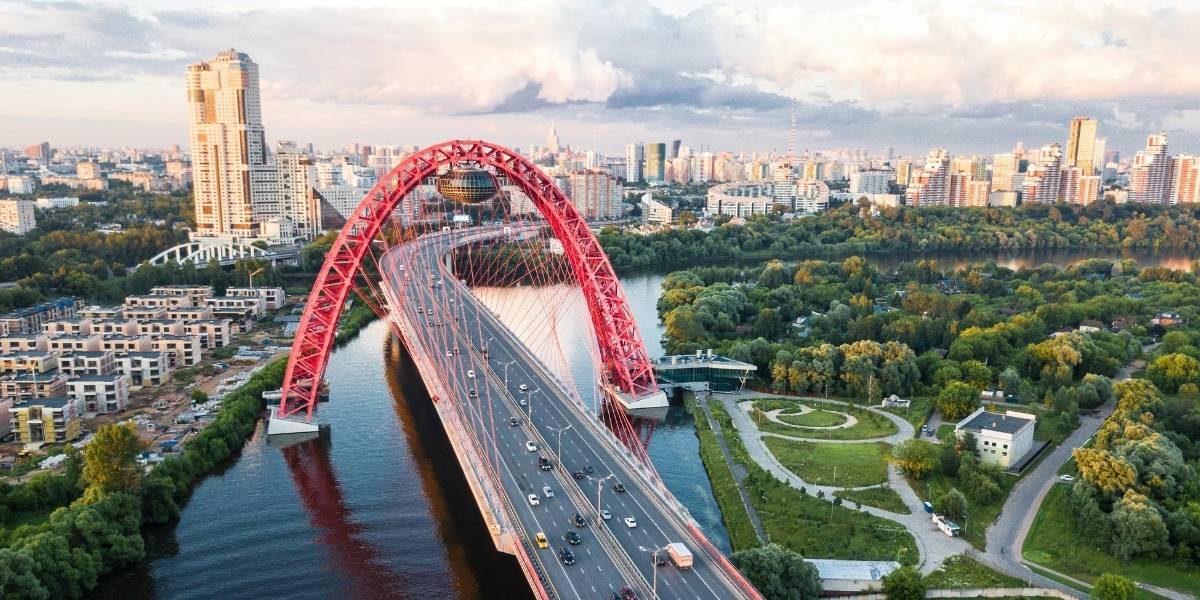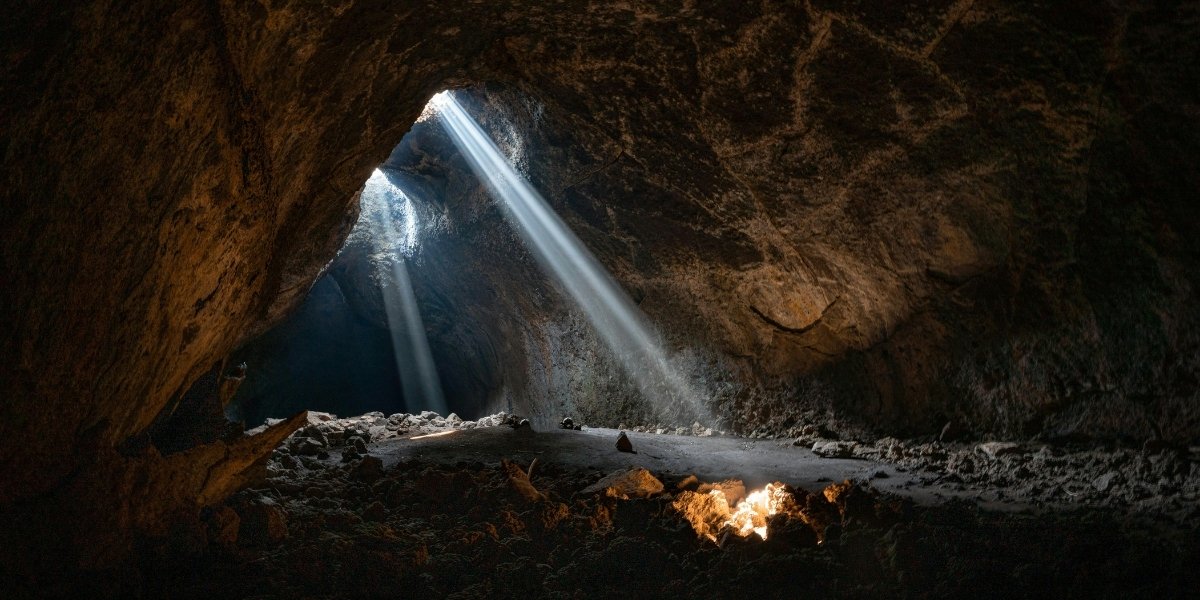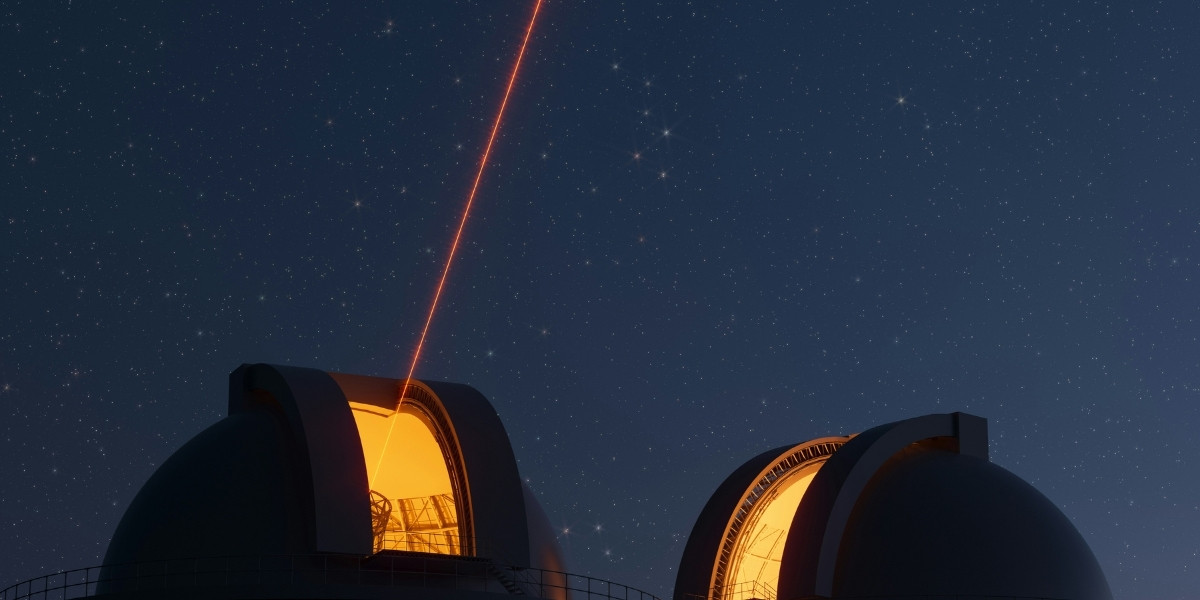Russia’s Diverse Geographical Wonders: From Arctic Tundras to Volcanic Peaks
Russia, the largest country in the world, is home to an extraordinary range of geographical features. Stretching across eleven time zones and encompassing a vast variety of climates and landscapes, it offers some of the most diverse natural wonders on Earth. From the frozen Arctic tundras in the north to fiery volcanic peaks in the far east, Russia’s geography tells a story of contrast, resilience, and breathtaking beauty.
The Arctic tundras of Russia are among the coldest and most remote regions in the world. These vast expanses of treeless plains are covered with permafrost—soil that remains frozen year-round. Despite the harsh conditions, the tundras support unique ecosystems adapted to extreme cold. Mosses, lichens, and low shrubs dominate the landscape, while animals like reindeer, Arctic foxes, and snowy owls thrive. The tundras play a crucial role in global climate regulation, acting as carbon sinks. They also hold cultural significance for indigenous peoples who have lived in harmony with this environment for centuries. The stark beauty of the tundra, with its endless horizons and shimmering auroras, continues to captivate adventurers and scientists alike.
Moving southward, the taiga biome covers a vast portion of Russia. This massive boreal forest is the world’s largest terrestrial biome, stretching from the Ural Mountains across Siberia. Characterized by dense coniferous forests, it is home to towering spruce, pine, and fir trees. The taiga provides habitat for iconic wildlife such as brown bears, Siberian tigers, and lynxes. It also serves as an essential carbon reservoir. The forests’ resilience to cold winters and short growing seasons illustrates nature’s adaptability. Many rivers, including the Ob, Yenisei, and Lena, meander through the taiga, supporting biodiversity and human settlements. This region is critical for Russia’s natural resources, supplying timber, minerals, and fresh water.
What Is Special About Russia’s Mountain Ranges?
Russia’s geography is punctuated by impressive mountain ranges. The Ural Mountains form a natural boundary between Europe and Asia. Though not very tall, they are rich in minerals and history, having influenced trade and migration for centuries. Farther east lie the majestic Altai Mountains, known for their rugged peaks and alpine meadows. These mountains are a biodiversity hotspot, harboring rare species and ancient glaciers.
The Kamchatka Peninsula, in Russia’s Far East, boasts one of the world’s most active volcanic regions. Home to over 300 volcanoes, including 29 active ones, it presents a dramatic landscape of lava fields, hot springs, and geysers. The valley of the geysers is a UNESCO World Heritage site, attracting scientists and tourists fascinated by geothermal activity. Russia’s vast network of lakes and rivers is central to its landscape and culture. Lake Baikal, the world’s deepest and oldest freshwater lake, holds nearly 20% of the planet’s unfrozen surface freshwater. Its crystal-clear waters support unique species like the Baikal seal and ancient fish.
The Volga River, Europe’s longest river, flows through western Russia and is vital for transportation, agriculture, and energy. Its basin is home to millions and rich in cultural history. Numerous other lakes, such as the Caspian Sea (the world’s largest enclosed inland body of water), and rivers crisscross the country, shaping ecosystems and human livelihoods. These water bodies are arteries of life, providing sustenance and connecting distant regions.
What Role Do Russia’s Steppe Regions Play?
The steppe regions, characterized by vast grasslands, stretch across southern Russia. These open plains have supported nomadic cultures, agriculture, and wildlife for millennia. Known as the “breadbasket” of Russia, the steppes produce grains and support livestock, playing a crucial role in the country’s food security. The steppe’s expansive horizons and rich soils contrast with the dense forests and icy tundras, demonstrating Russia’s environmental diversity. Seasonal migrations of birds and animals across these grasslands add to the region’s ecological importance.
Russia’s vastness means it experiences a wide range of climates. The north endures polar conditions with long, harsh winters, while southern areas enjoy warmer, continental climates. This variation contributes to the country’s geographical complexity and biodiversity. The extreme cold of Siberian winters shapes ecosystems and human life alike. Frozen rivers become roads in winter, and communities adapt with specialized housing and clothing. In contrast, warmer summers allow for rich agricultural activities, especially in the south and west.
Read Also: From Mustangs to Raptors: US Fighter Jet Evolution
Why Are Russia’s Geographical Wonders Important Globally?
Russia’s geography is not just a national treasure; it holds global significance. Its forests and tundras store immense amounts of carbon, impacting climate change. Its water resources are vital to regional ecosystems and human populations. Scientific research in Russia’s remote regions contributes to understanding earth systems, climate processes, and biodiversity. The geographical diversity also supports tourism, offering experiences ranging from polar expeditions to mountain climbing and cultural immersion.
Preserving these natural wonders is essential. Russia faces challenges from industrial development, climate change, and habitat loss, which require balanced policies and international cooperation. The future of Russia’s geographical wonders depends on sustainable management and conservation. As climate change accelerates, the Arctic tundras and Siberian forests are experiencing unprecedented shifts, affecting wildlife and local communities.
Efforts to protect these areas include establishing reserves, promoting eco-tourism, and supporting indigenous stewardship. Balancing economic development with environmental preservation will be crucial to maintaining Russia’s natural heritage. Continued exploration and appreciation of Russia’s landscapes will inspire global awareness of the interconnectedness of ecosystems and the importance of protecting them for future generations.








